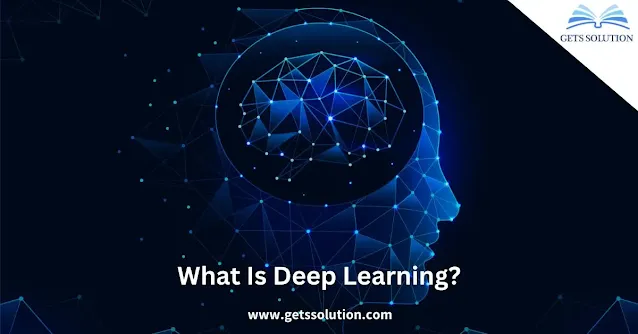Let’s dive into the exciting world of Deep Learning.
 |
| Deep Learning |
Deep Learning Basics:
Deep learning is a subfield of machine learning that focuses on training neural networks to perform complex tasks.
These neural networks, inspired by the structure and function of the human brain, are also known as artificial neural networks (ANNs).
To embark on your deep learning journey, follow these steps:
Learn Python:
Master Python, a versatile and widely used programming language.
Python is essential for implementing deep learning models and working with popular libraries like TensorFlow and PyTorch.
Understand Neural Networks:
Study the basic principles of neural networks:
Learn about neurons, layers, activation functions, and backpropagation.
Neural networks serve as the building blocks of deep learning models.
Explore Deep Learning Libraries:
Familiarize yourself with deep learning libraries such as Keras, TensorFlow, and PyTorch.
These libraries provide high-level abstractions for building and training neural networks.
For example, Keras is user-friendly and allows you to create models with just a few lines of code.
Preprocessing Data:
Split your data into training and testing sets.
Standardize your data to ensure consistent input to your models.
Data preprocessing is critical for successful deep learning.
Start with Multi-Layer Perceptron (MLP):
MLP is the simplest form of neural network.
It contains many layers of interconnected neurons.
Begin building MLPs for classification tasks.
Compile and fit your model using the training data.
Prediction and Validation:
Use your trained model to make predictions on new data.
Evaluate its performance using validation techniques.
Understand metrics like accuracy, precision, recall, and F1-score.
Regression Functions:
Expand your knowledge of regression functions.
Create models that predict continuous values (e.g., home prices).
Fine-tune your model parameters to improve performance.
Gradual Complexity:
As you gain confidence, experiment with more complex tasks.
Work on image recognition, natural language processing, and other challenging problems.
Leverage pre-trained models to accelerate your progress.
Comments
Post a Comment